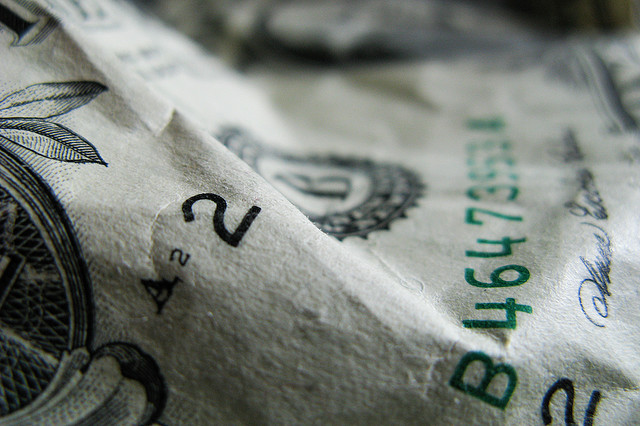
Mia over at PragmaticMom.com has posted a great analysis of basic monetary economics over at her blog. I encourage you all to read it. Here’s an excerpt:
This is the key question of why the United States (and therefore Rosie) can’t just print endless amounts of money. This questions shifts from a question of Government in terms of who OWNS the money to one of economics. The question now for PickyKidPix is WHAT HAPPENS IF THE U.S. PRINTS ENDLESS AMOUNTS OF MONEY (thereby now allowing my friend Rosie and anyone else who works to make the money to take a pile of bills for herself).
The simple explanation is that prices rise when the government prints more money. For someone studying economics, here’s the reason along with graphs.
It’s great to see this type of analysis being done in the blogosphere. If there is any area in which Americans’ understanding is deficient, it is basic economics, and Mia’s post is a very sound way to begin to understand this issue.
But there is one thing I would add to this analysis in order to make sure that readers know the full effects of monetary inflation. That is, the first receivers of new money do not experience the same devaluation as everyone else. They experience real benefits at the expense of the last receivers.
Here’s an example:
Imagine there is $1 billion in circulation. The government decides, for whatever reason, that this number should increase by $1 million. So they print some money and send it into circulation. But this money has to start somewhere…not everyone’s bank account can simply increase by the proportionate amount (in fact, that would ruin the whole point of printing money as a form of economic stimulus). So what usually happens is new money is sent first to big investment banks on Wall Street, as they are the most capable of sending this money into circulation (they have billions of dollars and millions of customers).
When these banks receive the new money, stores and retailers around the country have not had the opportunity to increase their prices. The money has not been circulated yet, and though they might read in the newspaper that the money supply is going to increase, they cannot raise prices until their customers’ bank accounts experience the effects of the inflation.
The result: These banks are able to purchase, borrow and lend based on pre-inflation prices. This means they are given an unfair advantage and can increase profits only because of the new money–not because of any new ideas or hard work on their parts.
So while inflation might seem harmless (in the end, everyone’s prices simply increase), it actually benefits the big banks at the expense of the little guys. Among those most harmed by inflation are those on fixed incomes like the elderly and very-poor. For them, price hikes are not accompanied by wage-increases. They simply must learn to live with less.
I know what you’re thinking…this is starting sounding like an Occupy Wall Street rant against big banks. But believe me, I am anything but an OWSer. The simple fact is: Big banks do benefit from inflation at the expense of average Joe because new money has to start circulating somewhere, and it almost always starts in the hands of big banks.
The post The Dark Side of Monetary Inflation appeared first on Hans Economics.